It is difficult to imagine there ever being a more anticipated camera than the new Leica M EV1. The idea of a Leica M with electronic viewfinder has been around for more than a decade, but most advocates imagined a body with a hybrid finder — incorporating a fully functional rangefinder.
The reality, as we now know, is different. The Leica M EV1 is a mirrorless camera with no rangefinder, but tailored to work faultlessly with manual M lenses. So, should you spend £6,840 ($8,995, €7,950) on Leica’s new “rangefinder” M camera? I’m going to help you decide.
Official recognition

As far as I can remember, the concept of an M with EVF first received official recognition when Stefan Daniel spoke to members of the (now) Leica Society International at the annual meeting in Wetzlar in October 2018. But the desire had been around for years. Photographers have been mounting M-Mount lenses on almost every conceivable digital camera for at least 15 years.
Yet in 2018 it seemed that the factory boffins were — at the very least — looking at the possibilities. Again, though, the buzz circulated around a hybrid finder and that’s clearly what people wanted. The Fujifilm hybrid system was cited, of course, although it is not a mechanical rangefinder and merely simulates the effect.
In the following years, I heard whispers that developers had tried hard to incorporate an EVF into the M without detracting from the rangefinder experience. This had proved impractical, partly on cost grounds, but mainly on practicalities. Experienced M rangefinder users were not interested in compromises, and it was feared, rightly, that a half-baked hybrid finder would end up pleasing no one and, at worst, killing Leica’s golden M egg.
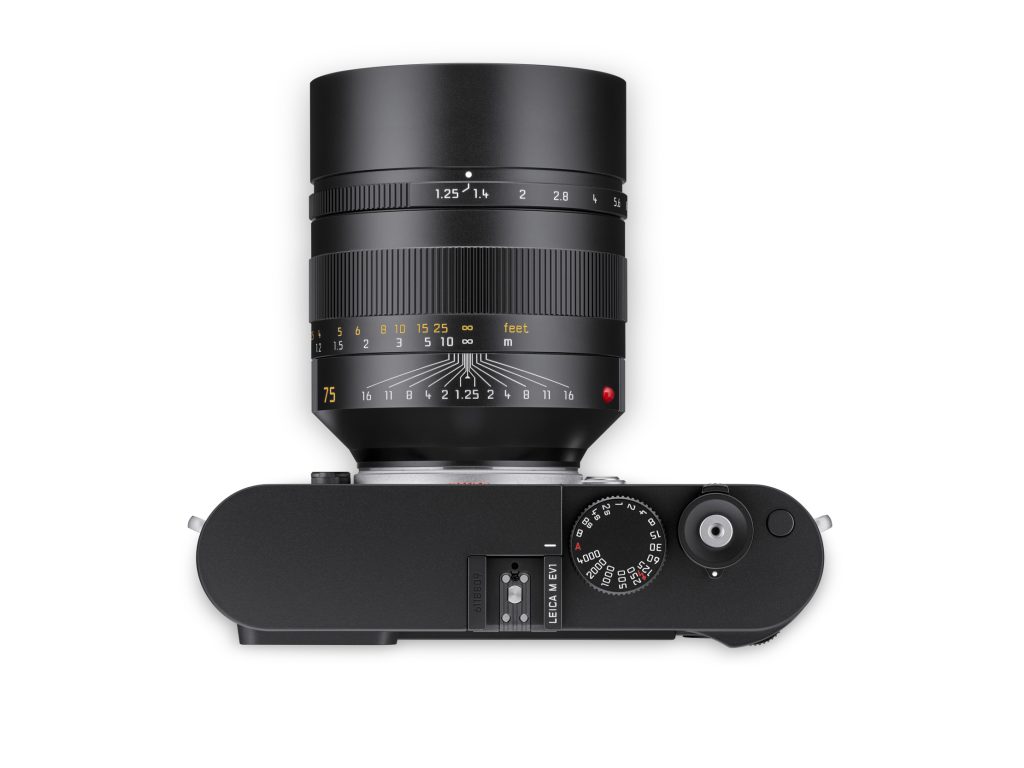
If you’ll buy it, we’ll make it
Four years later, at the LSI conference in Dublin in October 2022, Stefan again touched on the continued desire for an M with EVF. “If you can guarantee a couple of thousand sales, it’s something we will consider.”
Now, another three years further on, that camera has materialised, undoubtedly pushed along by enthusiasm from LSI members. It was no coincidence that it was launched to coincide with the Society’s Montreal meeting last week. Let’s hope the “yes” voters of 2022 will rush out and buy one.
Leica deserves full credit for responding to customers’ demands in designing and producing the M EV1. It meets the desire for a small, rangefinder-style mirrorless camera with M-Mount. It was always going to be divisive, but let’s see how it goes.
In producing the M EV1, Leica has wisely avoided fiddling with the sacred rangefinder mechanism. The rangefinder M will continue, undoubtedly, and the EV1 is left to succeed or fail on its merits. The question is whether it is really necessary, and will it attract enough buyers?
Accessories
For as long as I can remember, adapters for M lenses have been available for a wide range of mirrorless cameras. I remember using M lenses on Fuji cameras 15 years ago, and I was enthusiastic (as here in 2012) despite the disadvantage of the x1.5 focal length penalty imposed by APS-C. Even the common 28mm M became moderately long on APS-C.
The advent of the Leica T in 2014 brought another spurt of interest in M/mirrorless use, although the same crop problems were evident. Nevertheless, many Leica fans swore by using M lenses on the T, TL and CL and, I am sure, many are still using them.
Since then, however, M lenses have been employed extensively on full-frame cameras of various makes at their native focal length, although there are technical reasons why Leica M lenses work best on M sensors. The sensors in Leica M rangefinders are specifically optimised for the optical characteristics of M-mount lenses, primarily in using a thinner stack. Joel Wolfson explored these aspects in his article last August.
Possibilities
The advent of the Leica M EV1 now provides Leica enthusiasts with three possibilities of using M lenses on the company’s full-frame cameras. While the EV1 is the purest iteration, requiring no accessories, is it the best option? To some extent, this depends on what Leica equipment you already own, and whether the use of manual lenses dominates your photography.
On the other hand, if you are an occasional EVF focuser, the M EV1 is very much a one-trick pony. Instead, there is a strong argument for using a standard M rangefinder with the accessory viewfinder.
The options
Let’s look at the options in detail. All three Leica cameras, the M EV1, M11 and SL, are optimised to work with M lenses, so compatibility is not a problem, as it often is when using Sony, Fuji and other cameras via adapters. The SL will recognise M lenses and set up the correct profile, just as the M11 or M EV1 will do.
Both the M and the SL offer great versatility in that they adopt an attractive hybrid solution — one with rangefinder focusing, the other with autofocus — whereas the EV1 is dedicated to electronic focus. Nothing wrong in that, of course, and I can appreciate the attractions, but versatility is important for many people.
If you are coming from a different angle — someone who fancies the rangefinder look and M lenses but hasn’t experienced using a rangefinder — then the EV1 is a sensible choice. It also offers an alternative for those with failing eyesight who, frequently, can no longer cope with the optical viewfinder (which relies on accessory diopter lenses).
Visoflex
Own a digital M, as far back as the M240, introduced in 2012? You can add an external EVF, which gives you a similar experience to using the EV1. The original (Typ 020) Visoflex, designed for the M240, has a low-resolution screen of 2.4MP by today’s standards. The later Visoflex 2 with its 3.7MP OLED display was introduced for the M11 series, but can be used on M10 cameras with a firmware update.
Even this latest Visoflex lags the viewfinder in the M EV1, despite still doing an effective job. On the plus side, it tilts for low-level shots, unlike the EV1, which doesn’t even have a tilting screen.
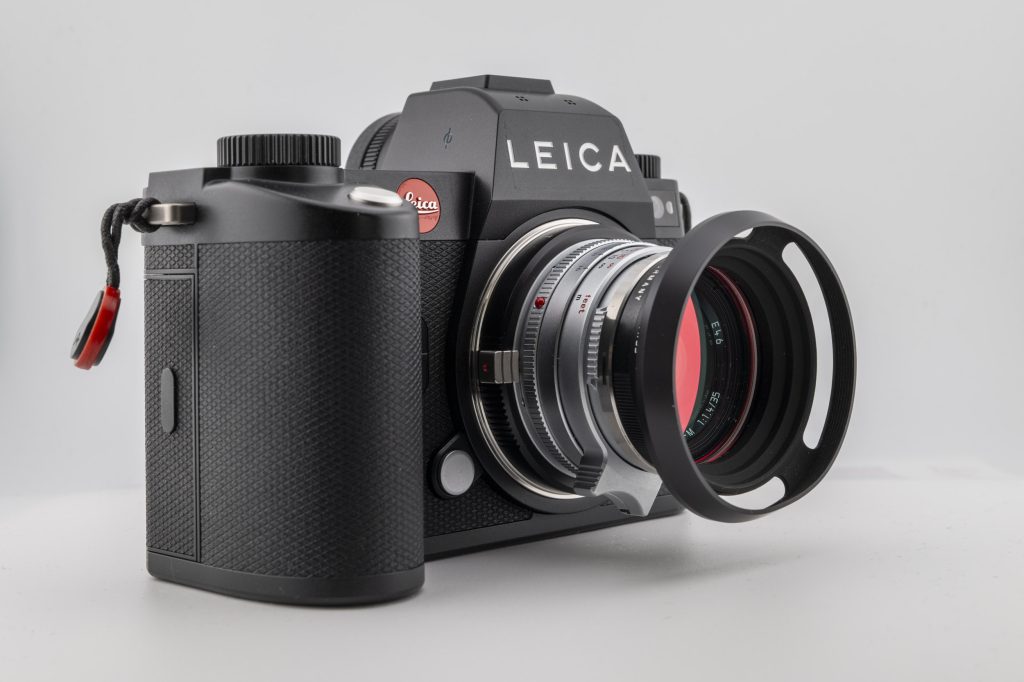
The cheapest is the SL3
But the cheapest option overall — and arguably the best for most people — is an SL. The current SL3 or SL3-S has a similar 5.67MP viewfinder to the Q3 and the M EV1, and it adds the benefit of five-stop in-body stabilisation. This is something you just don’t get with the M or the EV1. Furthermore, I find the viewfinder of the SL3/S more immersive than that of the Q3 or Q3 43, illogical as this might be. However, as Jono Slack points out to me, there is actually a reason.
The SL3 viewfinder has slightly more magnification than the M EV1. Google explains that the SL3’s viewfinder is designed with a more generous eye point, allowing the eye to be further away from the lens and still view the full image. The perception of a larger viewfinder is a result of the combined effect of the eye point, viewfinder lens size, and magnification. So I’m not imagining things.
Not only is the image perceived as bigger, the SL3 is probably the most versatile M EV1 competitor. As you see from the table, even with the addition of the £400 Leica M-L adapter (or a cheaper third-party device), the SL combines the lowest price with versatility. You also have a wide range of superb L-Mount autofocus lenses to choose from, should you (dare I say it), get fed up with twiddling that focus tab.
You can reduce the cost even further by buying a used SL or even a new SL3-S and a cheaper mount adapter from a third-party manufacturer.

Stabilisation
Add the undoubted benefit of stabilisation, and the SL makes a compelling alternative to the EV1. That said, I have never suffered from stability problems in my typical use of the M rangefinder models. The ability to set a minimum shutter speed dependent on focal length is a great help.
For instance, when using a 50mm lens, the minimum shutter speed would be 1/150s at x3 and 1/200s at x4. With this aid, camera shake is far less likely.
Of course, with the SL, weight is the elephant in the room. Fully set up, the M-equipped SL3 is 60 percent heavier than the EV1, assuming the same weight of lens. But you do get greater stability because of that substantial handgrip and, in many ways, the shooting experience is superior. I say this without having tried the EV1, but I can get a fair impression from using the M11 with Visoflex.
The choices
Let’s look at the statistics to help you decide. There is no nostalgia here, just plain facts. I’m comparing the weight and the cost of the three current Leica EVF options — including any essential accessories to enjoy the M EVF experience.
I’ve added a sample M lens weighing 320g, just to give a working guide to the overall weight of each rig. While the dedicated M EV1 requires no additional help, both the M11 series and SL series require rather expensive extras — a mount-adapter in the case of the SL and an external EVF in the case of the M11 (or M10).

The answers are pretty clear. The M EV1 is the lightest and easiest option and will suit dedicated M/EVF shooters well. The SL3 is the cheapest and, arguably, the most competent option. It is the heaviest, but the substantial grip makes it easier to handle than you would imagine.
Then we have the M11-P with Visoflex. This is the most expensive option (in the UK, with viewfinder) £1,800 more than the M EV1), but not if you already own the camera. It then becomes the cheapest option. Furthermore, you also own a rangefinder camera, which will hold its value better than the M EV1. The new model, with its built-in EVF, will age more rapidly than the humble rangefinder, which has pottered on unmolested for nigh on 70 years.
Do you need the M EV1?
Do you really need the M EV1? This is a question most Leica owners will be asking themselves. It’s not an easy decision, but if you already own an SL or M, experiment first to see if you really like electronic focusing, with the aids such as focus peaking or magnification. If your conclusion is that you prefer rangefinder focusing, then a dedicated camera is not for you.
The M EV1 is definitely for you if you actually prefer focusing M lenses through a viewfinder. If you absolutely hate the rangefinder, that clinches the deal. And let’s not forget the “want” factor. The M EV1 is a lovely, small camera for deliberate photographers. Buy one as a second body and indulge yourself.
There’s another factor to consider. Most of us have long believed that M lenses are the very best. They are certainly a good investment and several are world leaders in optical excellent. Yet modern Leica SL lenses in some cases out-perform the equivalent manual lenses. The 35mm APO-Summicron-SL or the 75mm APO-Summicron-SL are just two examples to compare with their M counterparts. Unless you are dead-set on manual lenses, you should consider autofocus SL lenses. The decision doesn’t get any easier.
The options
1. The SL3
The SL3 is a better manual lens camera because it has:
- The same viewfinder as the EV1 and offers similar focus aids (except for crop lines).
- A tilting screen, helpful with low-level shots.
- A substantial grip, thus improving stability.
- Five-stop image stabiliser to add to the effect of the grip.
- Lower price, even allowing for the purchase of the necessary M-L adapter.
- More versatile operation, with a vast array of L-Mount autofocus lenses to choose from.
2. The M11
If you own an M10 or M11, adding the Visoflex is a viable alternative:
- Although the resolution is lower, the Visoflex is still effective and easy to use.
- The Visoflex tilts upwards, making low-level shots easier, especially for older users.
- You are not restricted to the EVF. You can still focus with the traditional rangefinder.
- If you own an M240, the compatible viewfinder does a similar job, but with just 2.4 million-dots. (Note that the Olympus VF2 finder is identical and even cheaper).
3. The M EV1
This is the best choice if you:
- Want a dedicated manual-focus camera with EVF.
- Like or own M lenses and absolutely hate the rangefinder.
- Can afford it as a second M body.
- Have simply fallen in love (it happens).
Conclusion
Well, I’m sitting this one out. The M EV1 is an attractive package and I look forward to trying one when Leica’s press fleet takes a temporary breather. I might even buy one in the future. But I am not such a fan of electronic focusing of manual lenses that I want to rush out and buy one in the first flush of enthusiasm. That said, it is an excellent little camera and buyers will be happy.
For the moment, however, I can get my fix, such as it is, with either the M11-D and viewfinder or the SL3 and mount adapter. I know from experience that I suffer from occasional fads for using M lenses with the EVF. Then I become bored and return, chastened, to the rangefinder or to modern autofocus primes and zooms.
What do you think? Please let Macfilos know if you intend to buy one, might consider one, or remain a diehard rangefinder lover. Leave your comment now.
Make a donation to help with our running costs
Did you know that Macfilos is run by five photography enthusiasts based in the UK, USA and Europe? We cover all the substantial costs of running the site, and we do not carry advertising because it spoils readers’ enjoyment. Every amount, however small, will be appreciated, and we will write to acknowledge your generosity.

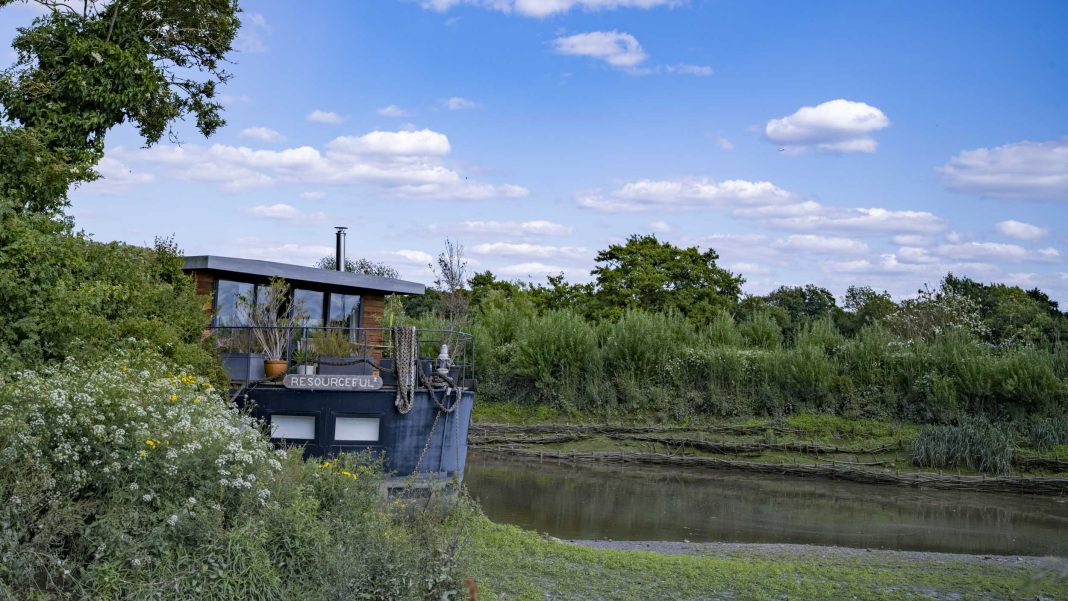
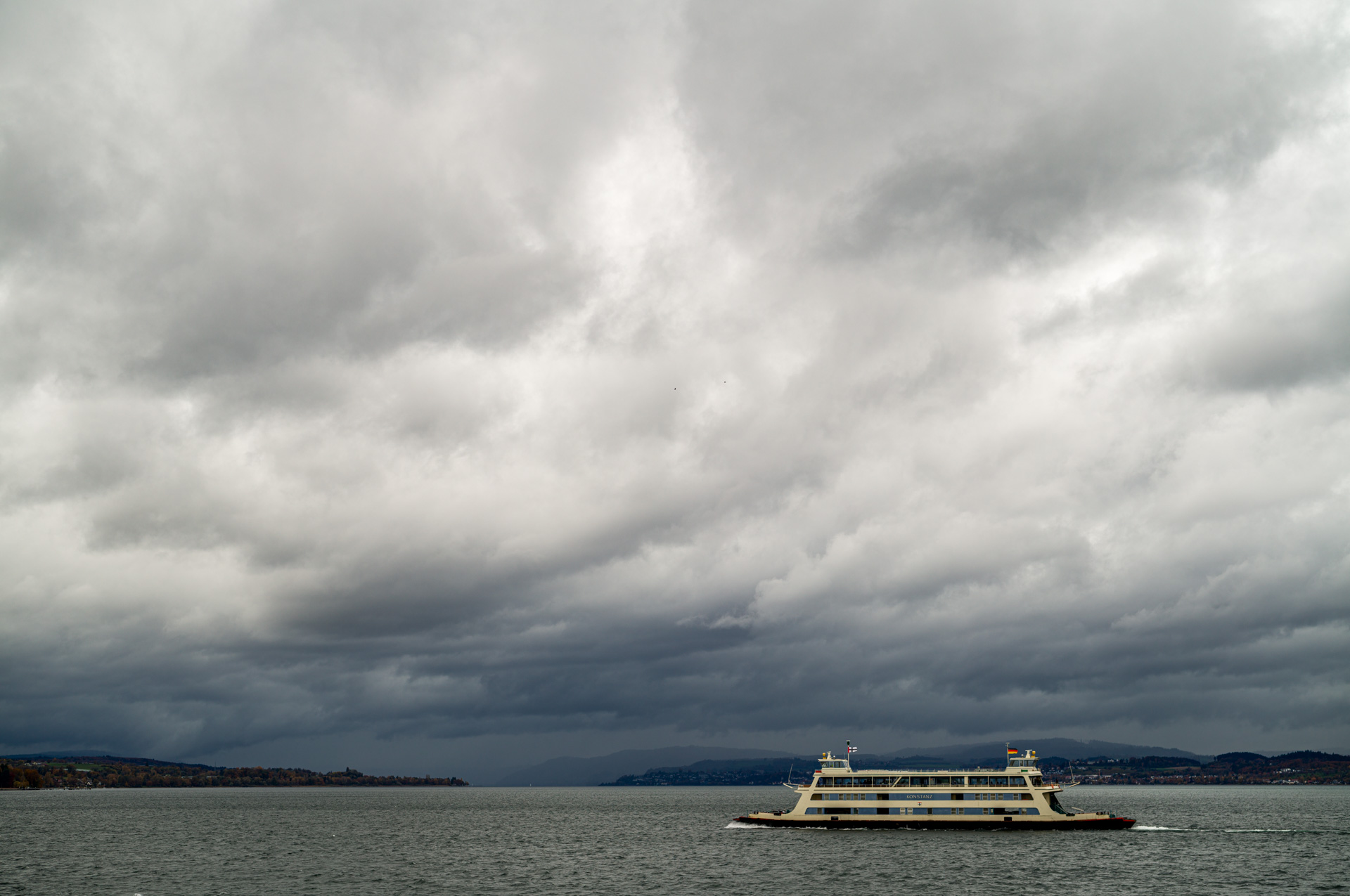



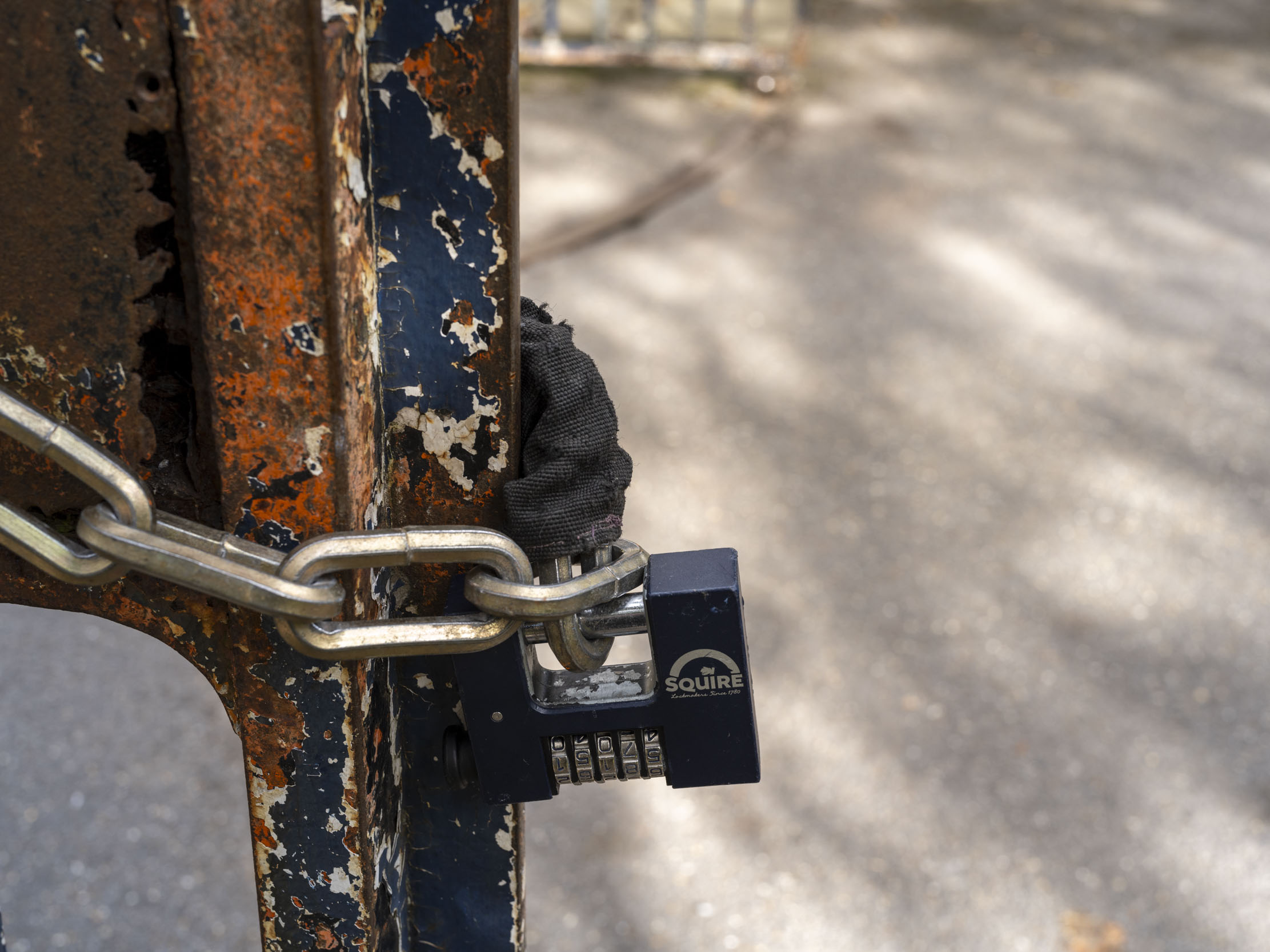
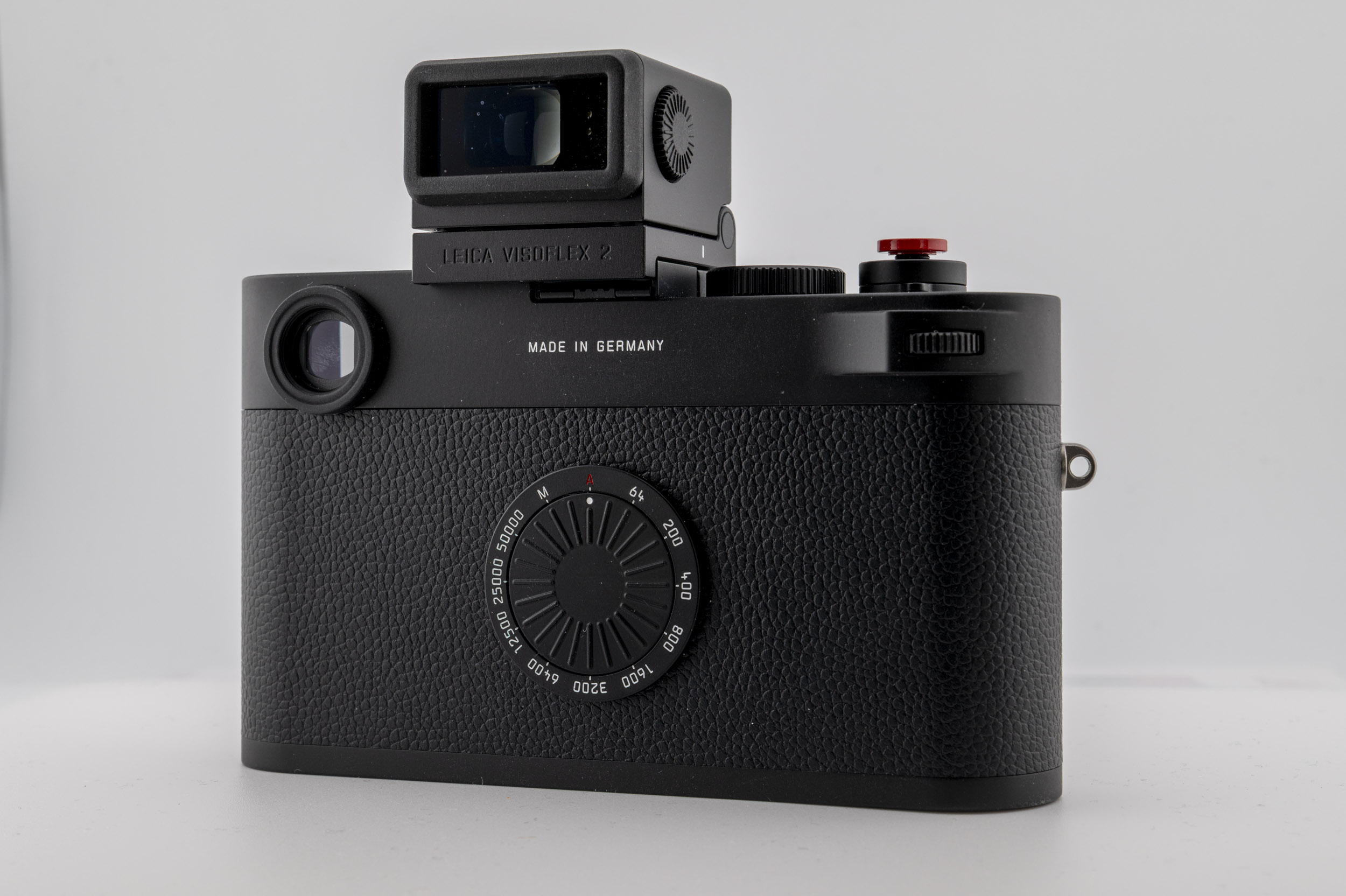
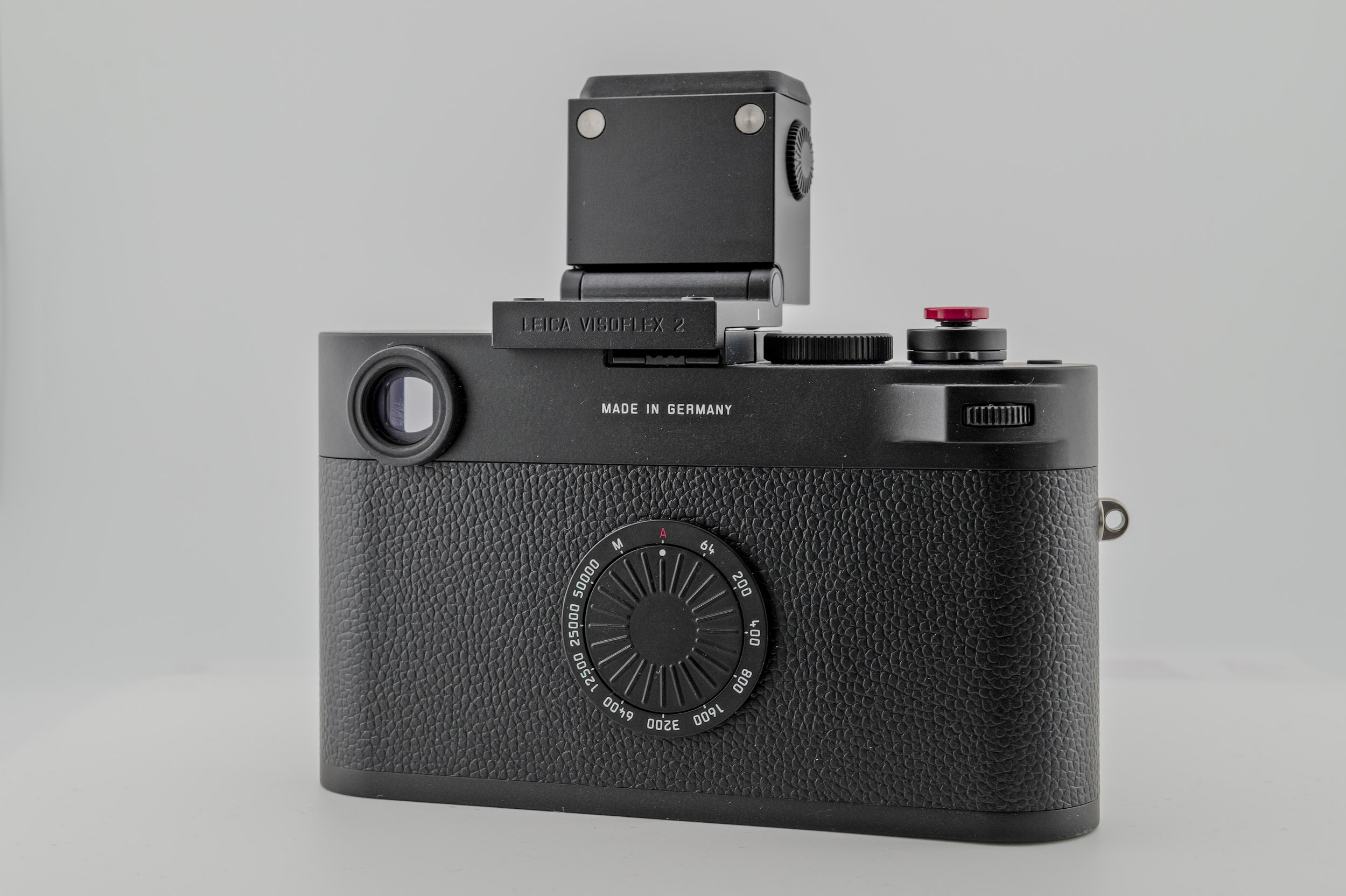

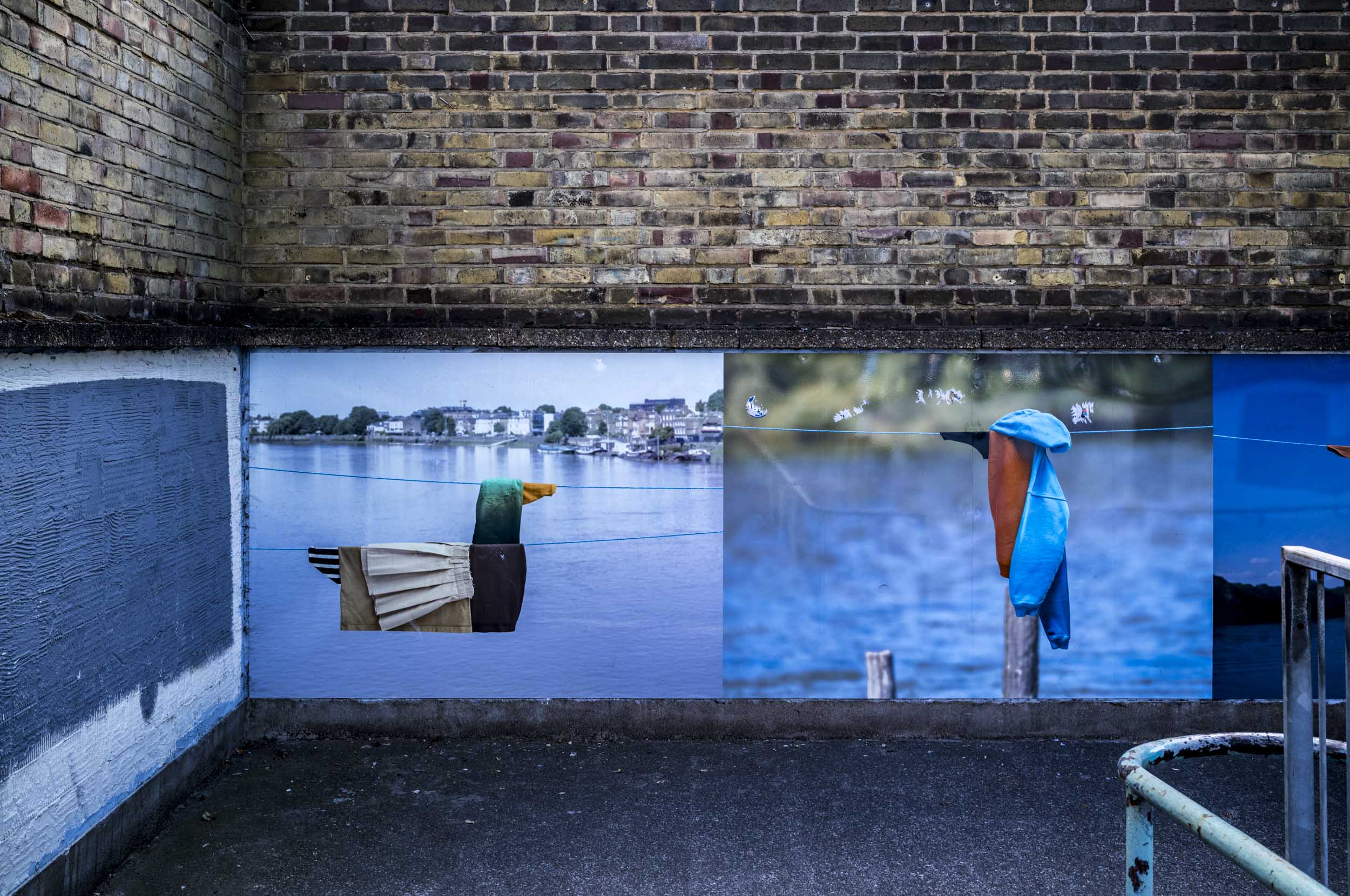
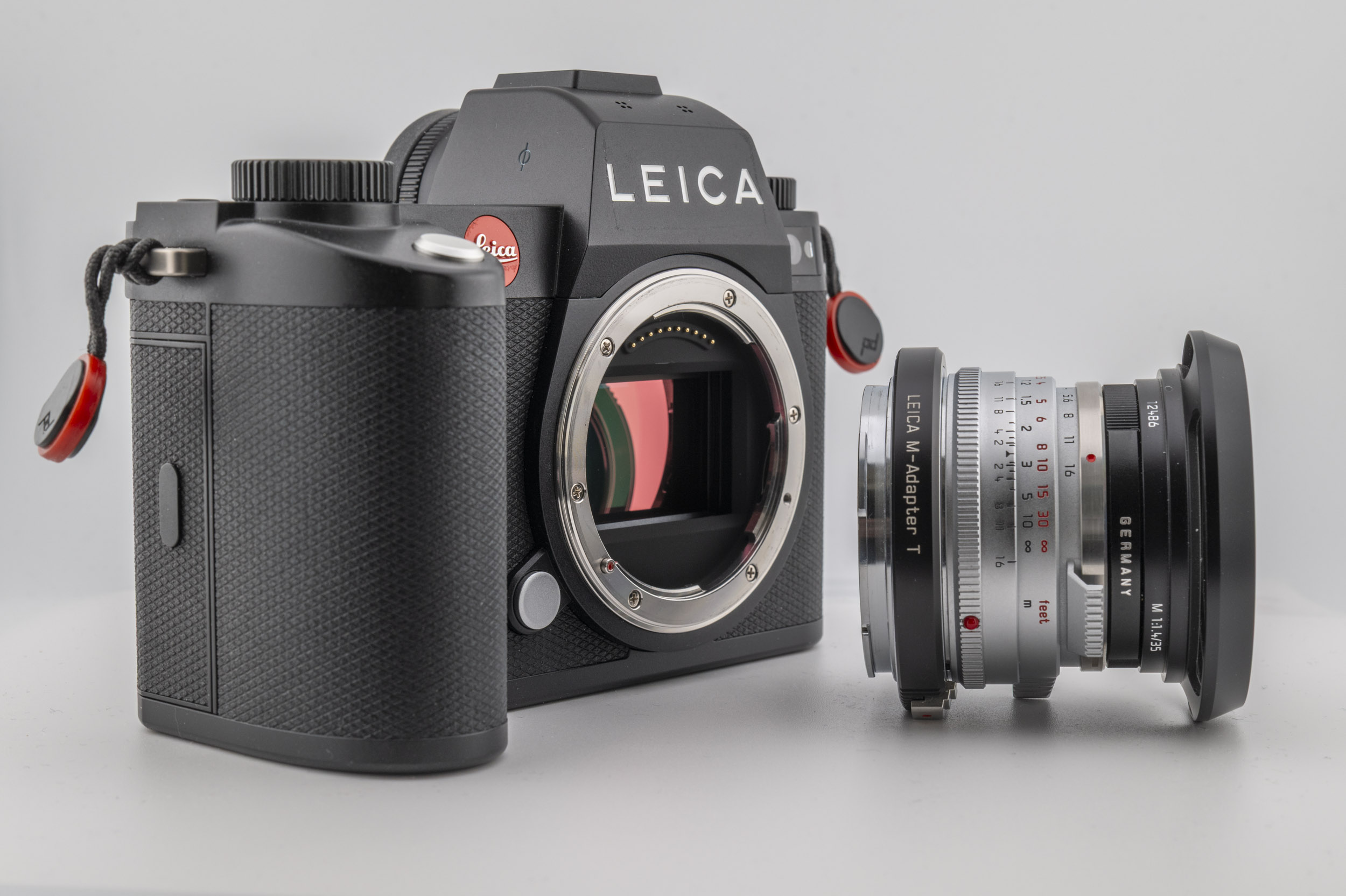



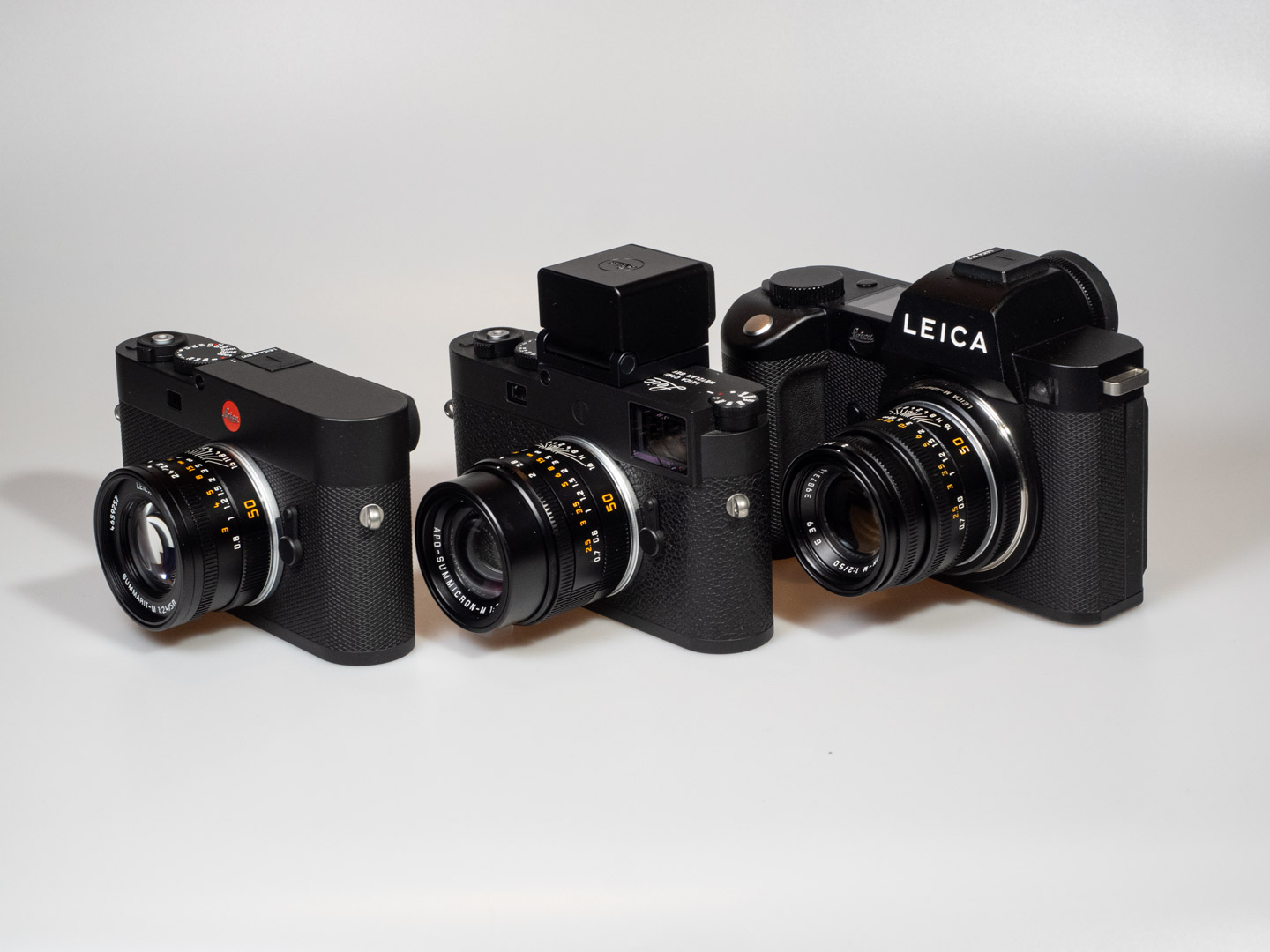
It’s not an ‘either-or’ proposition, but an ‘and’. Rangefinders are difficult / impossible to focus lenses wider than 28, teles, and Nocti’s; then there are the problems with aging eyesight. The EVF of the M-EV1 is superior to the Visoflex 2.
True, if one owns an SL or an M11 with Visoflex 2, it’s possible to cope without the new camera. I own a SL3S and an M11. Will I eventually ditch one or the new camera? I don’t know, time will tell – the one gathering dust! Thus far, I’m impressed and very pleased with M-EV1. I find the SL3S too heavy, but use it when I need AF and zoom lenses. The M11 rangefinder focus is MEH! I use zone focusing a bit, but that’s possible too with the M-EV1. It was easy to set up, and the learning curve should be mercifully short. If I keep the M11 it’s because it’s an iconic rangefinder!
Excellent analysis, many thanks Mike. It will be interesting to see how the EV1 develops, as I’m sure that there are a lot of tweaks they could do in software.
I’ll stick with my Q3 for now though.
Thanks, Andrew. It does seem that more advanced manual focus confirmations as used by Nikon, etc, are restricted to lenses with electronic connection to the camera. The M range is likely to continue to be an outsider. It will certainly be interesting to see if Leica can do anything with the software to make things easier.
Hi Mike, my understanding is that even with non electronically coupled lenses (or adapters) the Nikon Zf is able to detect faces and eyes. With electronically coupled lenses the Zf provides focus confirmation but that is rather common in the sense that other cameras that I personally own and have experience with as well (Canon, Hasselblad) do that as well. It will indeed be interesting to see what Leica comes up with. We will probably see it first in the M12 and/or SL4 before it trickles down to the M EV2.
I haven’t tried the Nikon system but what you say is encouraging. The surprising thing, in this case, is that Leica didn’t make some effort on the EV1 to give it an edge over the M11+Visoflex or SL3.
A few things first: 1) I applaud the concept of an EVF-based M, I believe there definitely is a market for one. 2) It is impressive that Leica managed to bring the weight down to 495g. That being said, for me to buy into such a camera a number of things would need to be satisfied: a) a lower price point b) IBIS c) focus confirmation. a) We all know this is never going to change. It is unfortunate but I personally will not spend $10K on an M or $9K on an EVF-based M… As a reference though I will spend $7K (or $8K) on a Hasselblad b) Also unlikely to happen unless Leica can also manage to squeeze it into the regular M. c) A/o Canon and Hasselblad have focus confirmation for electronically coupled lenses, the Nikon Zf does even better, for a manual focus only $9K camera one would expect Leica to do better than peaking and zooming, this is simply disappointing… But despite all this I believe the M EV1 will be successful and another highly profitable niche product for Leica. I can easily see the following target groups: i) existing M (or SL) users looking for a second body ii) existing M users with poor eyesight iii) people who have always lusted after an M but were afraid of or didn’t get along with the rangefinder.
I think Kai’s Youtube review of the EV1 echoes the concern you and other commentators have. The focus aids need to be good for this to work.
If I were to hazard a guess, Fuji has a process patent on its checkerboard method and Nikon has a process patent on its green thing method. Leica will have to come up with its own?
Fuji had the right idea, in my opinion. The in-focus areas should be more visible, not less, than the out-of-focus areas, which means that the existing focus-peaking has it backwards. I think the simplest fix would be just that. Instead of having red where it’s in-focus, reverse the scheme. Everything that’s not in-focus has red outlining.
If we still need an indicator for what’s exactly in-focus, maybe faint white for that? Just an idea.
I did see Kai Wong’s video. The more I use it, the more I find simple focus peaking inadequate. In many cases I prefer to rely on magnification and my eyesight.
Agree! Two suggestions: Use FP only when shooting wide-open (it assumes everything is in focus when your aperture is at f/8 or smaller). Change the factory setting of FP from High (sensitivity) to Low.
I read a lot of reviews and their comments wherein the authors complain about poor eyesight. Really, why (still) investing in one of the most expensive cameras on the market while you can’t fully enjoy the incredible sharpness Leica lenses have to offer?
I am fortunate in that I have e never had a problem with rangefinder focusing. However, I have heard complaints. I am not sure if it is a problem with actually aligning the focus or if it is a general problem with an uncorrected optical viewfinder.
Actually I miss the Q3 43 here. I switched from the M11 with lux 50 and Elmar 90 to Q3 43 because of realy poot eyesight. Admitely the M play in another tactile class, it oozrs ought quality, no comparison to the Q3
On the output an apo cron 43 is difficult to match, even a lux 50 is not up to it, when trying to nail focus at max aperture
IMO In the range macro and 43 to 90mm the q3 with autofocus AND manual focus gives you the best options
Thanks, Christophe. I didn’t mention the Qs here because it would have been going off at a tangent. But, of course, either the Q3 or Q3 43 offers a suitable alternative in combining auto and manual focusing if your main range of focal lengths is 28-75 (allowing for a bit of cropping). Again, though, if you need wider than 28mm the EVF option is a good aid.
Excellent article Mike!
You really laid it out well and without the emotion we have often seen on the forums about this subject.
As you know I collected a lot of data while researching my Macfilos article about M lenses on a Panasonic back in April. I’d have to go back and look at the particulars of which lenses and circumstances but I found instances where the M11 outperforms the optimized-for-M SL bodies (the SL2 I used anyway.) This isn’t so surprising of course, but might be an extra point for the M EV1 (?) In fairness though, these differences aren’t dramatic and generally only noticeable with scrutiny.
I own the Visoflex for my M11 but have mixed feelings about using it. I use it when needed (eg. my 21mm) About the only thing I actually like is the tilting feature. I’d much rather see Leica put tilting screens on the rangefinder M bodies. That’s probably blasphemy but I am confident Leica could incorporate one without significant weight or bulk. Maybe they already have but fear the fallout should they introduce it before Leica devotees are ready.
Thanks, Joel. And your mention of tilting screens for the M reminds me that I forgot to point out that the M11 actually does have a screen for electronic focusing. It’s easy to forget that when complaining about the limitations of the rangefinder. Use it like a phone or a Ricoh GR!
When Leica asked M users if they would purchase an M with built-in EVF, I said yes. The problem today is that when I last answered that exact question the Nikon Zf has come out and with adapter it could put a green square meaning in-focus point over anywhere you wanted in the EVF. I and many friends assumed Leica was asking about an EVF in a M like the competition was already offering for manual lens use with an EVF camera. Never would we say yes if it was not an advanced EVF, regardless of 3.76 or 5.76 dots. So Leica was asking without details and we were answering without asking pertinent details.
Therein lies the disconnect and controversy surrounding this new release, the EV1.
This is a valid point, and one I didn’t cover in the article. This is mainly because I haven’t tried these systems on Nikon and others. I think it’s an important addition to the story. If Leica had done some technical wizardry of this nature, the M EV1 would have been a much more attractive camera.
Isn’t the assumption that the focus point is at the center in the M-EV1? We can touch the screen to move it anywhere, and assign an FN button to center it again?
John. Thanks did your three comments. All your suggestions are well founded and useful. I haven’t yet tried the M EV1 but I’m getting a test camera on January 6. I will bear your comments in mind.
Mike
A precise focus confirmation indicator is a logical inclusion for the next iteration though I agree it should have been included with the EV1. I seem to recall my Canon EOS 630 film AF camera from decades past had manual focus confirmation in the viewfinder. Granted this was for using AF lenses in manual focus mode but there were third party chips you could buy to offer this feature with adapted MF lenses as well.
Focus confirmation shouldn’t be much of a leap. I like Sean Reid’s suggestion to Leica in his EV1 review, that they use the same mechanical focus information as does the rangefinder. Why not? All the M lenses already have a way to convey the distance/point of focus.
Agreed. I also noted Sean’s comments.
For me the new non rangefinder M has long been an option Leica just had to chance. Indeed I will go further than that and say it can only be a matter of time before they will also have to introduce a zoom lens for it as well, and yes I do also mean a ordinary Zoom as it will no longer needs the sort of rangefinder and viewfinder coupling complexity the old and long discontinued variable focal length Wait needed. I would then expect it would only be a matter of time before the next version of the new M also adopted auto focusing and we would then have exactly wat many have been asking from Leica for years. In short a interchangeable lens Q or Q5 or whatever else they decide to call it, and equally obviously at the same time they must surely offer a perfectly simple to make adapter for it to to also be able to use L mount lenses and hey presto we will then have a full frame digital CL. Or put another way they will be making Cameras more or less the same as the big Japanese few have been making for years now, but knowing Leica, charging about five time more for whatever than the likes of Sony, Panasonic, Nikon and Canon and now Fuji. Though as ever the final choice of what you or I actually buy will of course be ours
I agree on the prospect of a zoom M lens, Don. It would provide something uniquely appealing to M/EVF users, give a good reason to prefer the M EV1 over the M11. As for other options, I think a QL is the most likely choice. A smaller mirrorless camera with L mount would undoubtedly be attractive, both for AF lenses and M lenses. The big problem, of course, is shoehorning a shutter into the Q body. It’s something we’ve been led to believe is impossible, but where there’s a will… Such a camera could even be a joint venture (similar to the D-Lux) with Panasonic.